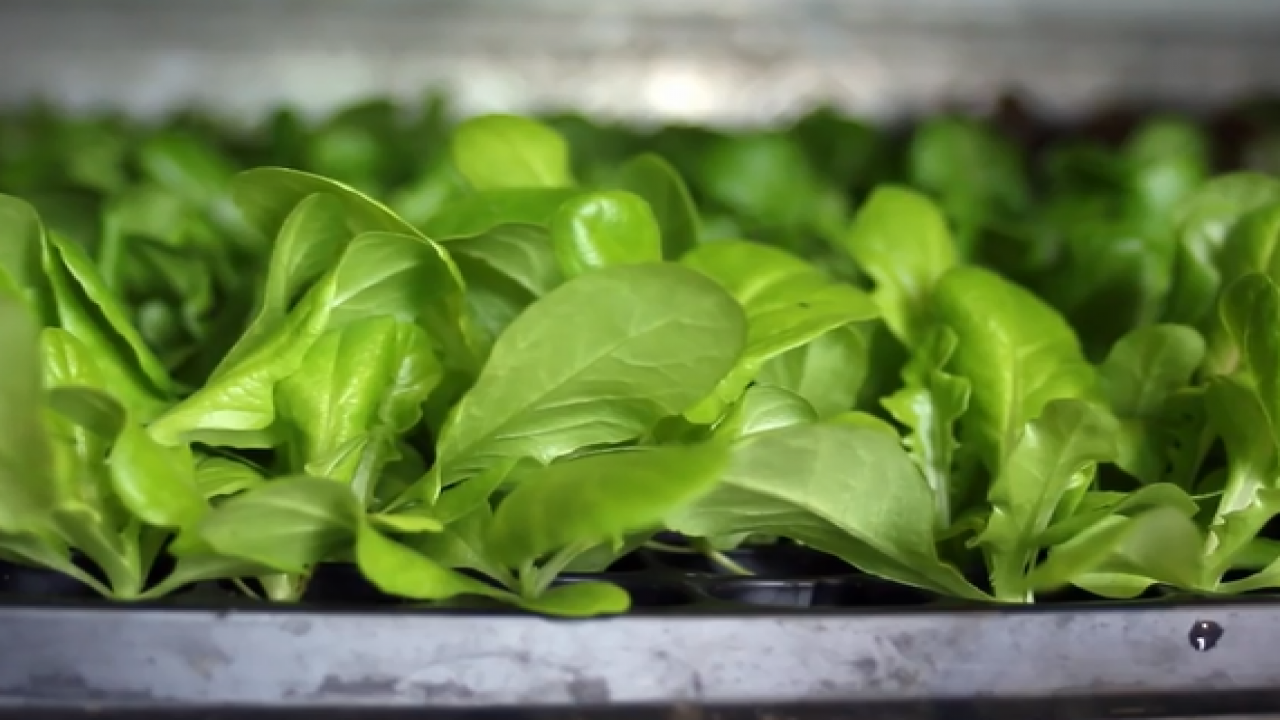
An Intro to Hydroponics: 9 Benefits Of Growing Without Soil
July 29, 2016, 11:53 pm
Let’s start with the basics: Hydroponics is a method of growing plants without soil.
An Intro to Hydroponics: 9 Benefits Of Growing Without Soil
Instead, a nutrient rich water solution is used to feed the plants, and there are many ways that this nutrient solution can be supplied to the plant roots. Here’s the breakdown of the most common hydroponic systems, and a look into some of the techniques used at Freight Farms:
Ebb and flow system: Plants grow in a bed that periodically floods and drains with the nutrient rich water solution. The seedling station in the Freight Farms’ LGM uses this system. A shallow trough, holding up to 12 trays of seedlings, is pumped full of water and then allowed to drain several times each day. This timing provides just the right amount of water for the seedlings to grow.
Drip System: Emitters drip the nutrient rich water solution onto a growing medium where the plant roots are located. In the Freight Farms’ LGM, emitters drip water down the vertical grow tower using only 10 gallons of water daily to grow over 4,000 plants. A wicking material helps draw the water to the roots growing throughout the tower. The water that isn’t consumed by the plant flows out the bottom of the tower and is then recirculated right back to the emitters. Water efficiency at its finest!
Deep water culture: Plants are supported on a floating material while their roots hang below in the nutrient solution.
Nutrient Film Technique: The nutrient solution is pumped through a channel in which the plant roots lie.
Aeroponics: Plant roots hang suspended in the air and are periodically misted with the nutrient solution.
As you may have noticed, each of these systems only defines the way in which the roots of a plant are supplied with life supporting water and nutrients. Other important variables like light, air flow, CO2, and whether the growing is taking place inside versus outside is all up to the grower to decide and figure out.
So why use hydroponics? There are many natural resource, operational, and quality benefits to hydroponics that make it the right choice for different types of farmers. Below are just a few that have resonated with the mission and vision of our many freight farmers.
- At the top of the list is water efficiency. Hydroponic systems use significantly less water than soil based farming and allow you to recycle the water you give to your plants. Instead of having it drain down through the soil and away from the roots of a plant, it’s collected and pumped right back to the plants. This cycle of irrigation, collection, and irrigation again continues until the plants have consumed the water.
- NO WEEDS. Do you know how much time farmers spend combating weeds? No? It’s a lot. Weeding is one of the most back breaking and time consuming tasks of anyone growing plants in soil. In hydroponics, there’s no seeds from other plants in the growing medium so there’s no weeds growing and fighting against your crop.
- No herbicides. Since there’s no soil and no weeds, farmers have no reason to use toxic chemicals like herbicides to fight unwanted vegetation. The absence of these chemicals helps you grow cleaner food.
- Fewer pests. Soil based farming is vulnerable to attack from a vast number of unwanted pests that can destroy a season of hard work over night - birds, squirrels, gophers, deer, groundhogs, the list goes on. Hydroponic systems can be set up in places where these pests don’t exist or where you’ve created effective barriers, like four walls and a roof.
- Quick turnover. With hydroponics, there are no seasonal limits or restoration periods required for the farm. Once a plant is harvested, the next can be planted in its place allowing for maximum yield be square foot.
- Precise control over the nutrients your plants need to thrive. By using plant-specific nutrient formulas and daily monitoring, the farmer has control over what their plants are getting and how much nutrients are getting. By providing plants with exactly what they need to grow and develop to their full size, there is little risk of poor crop quality or quantity.
- Ergonomic design. Hydroponic systems can be set up and placed at more accessible heights. Because you’re not limited to growing on the ground, the labor of planting, transplanting, and/or harvesting can be done more comfortably and have less impact on a farmer’s body.
- Freedom to grow just about anywhere. Commercial hydroponics doesn’t have the limitations of being held to rural agricultural land. Being able to grow closer to the people eating your crops increases accessibility and eliminates the need for complex distribution networks that take away profits from the farmer.
- Ability to grow year-round. Growing hydroponically allows you to grow year-round, and supply local produce 365 days a year regardless of the season. Being able to grow year-round helps farmers eliminate business risks of a poor crop season and helps increase local food access in the community.
We hope this gives you a better understanding of this method of growing food and its benefits. Hydroponics isn’t a new farming technique --- there’s evidence that hydroponic growing methods were used as early as 600 B.C. in Mesopotamia at the famous Hanging Gardens of Babylon! Over the last 300 years, scientists and farmers have experimented with several different ways of growing plants without soil. Today, hydroponics allows farmers and gardeners to grow large amounts of food, with fewer natural resources, and very little labor compared to soil-based farming.
For people that are interested in using hydroponics to increase food access in their communities and start a small business farm, there are several different ways to get started. The team here at Freight Farms has been helping farmers get growing without soil or previous growing experience, and just an interest in becoming a farmer!

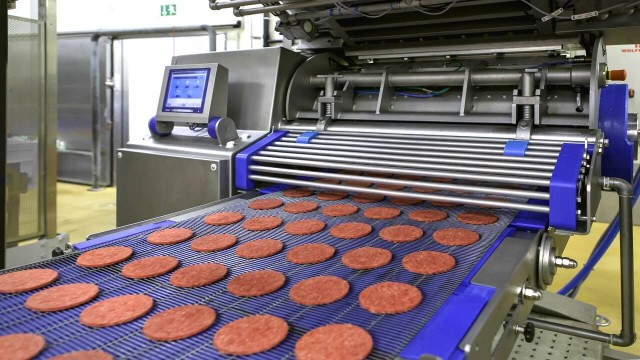



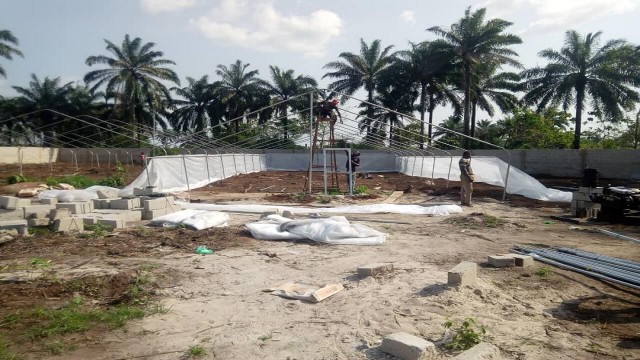
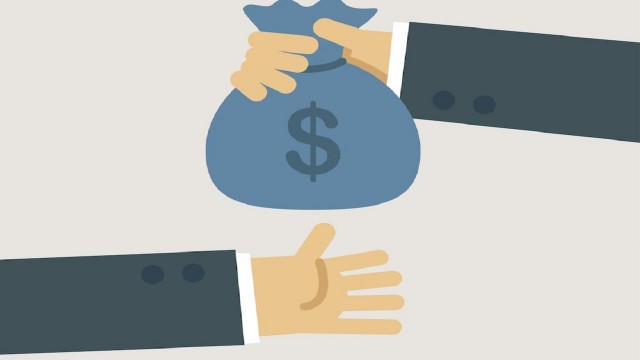

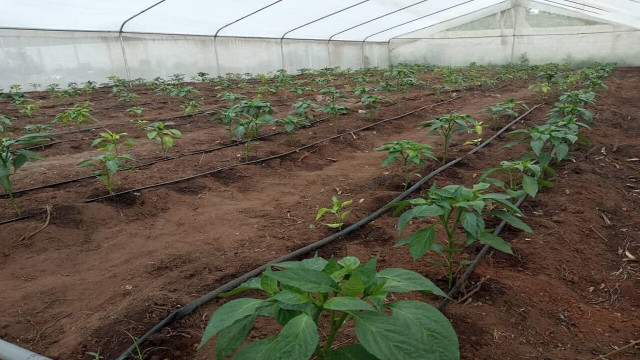
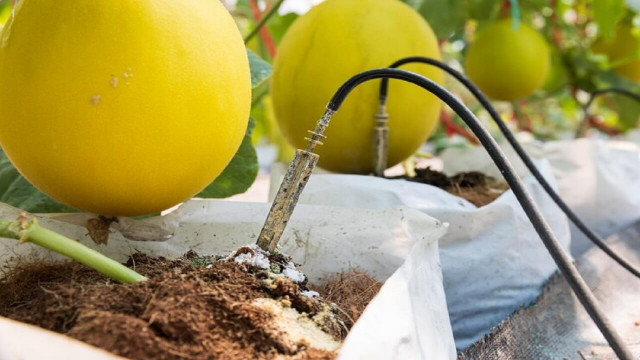
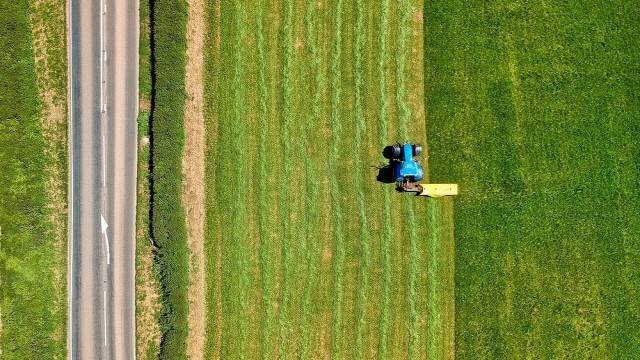

Share This Article: